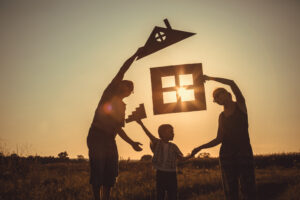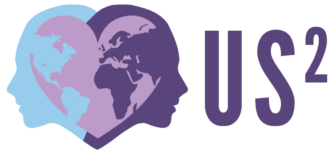
If someone asked you, “Who is a part of your family?” Do you list blood relatives? Children? Extended family members? What about parents of friends who practically raised you? Some may define close friends as family, especially if they are estranged from their blood relatives. It also may not always be an easy answer and could create deep emotions. The way that we personally define family is something we learn from our environment and our culture, along with our circumstances.
A quick Google search for the term “family” brings up a definition from the Health Resources & Services Administration:
Family: A family is a group of two or more persons related by birth, marriage, or adoption who live together; all such related persons are considered members of one family.
This is the same definition that is used by the U.S. Census Bureau to define families in the United States. This is also a definition that was frequently taught in schools for a long time. However, as you may have noticed in the initial reflection, there are many other ways in which a family can be defined. Not everyone has the same view on what makes a family. This definition excludes individuals who grew up in foster homes, were raised by grandparents or other relatives, and those who call non-related people family.
Familialism is prejudice, stereotyping, or discrimination on the basis or assumption of family structure. At the government level, an expectation is set for what makes a family, and this is an example of systemic familialism. While this definition will not be changed overnight, there are things that we can do to embrace different family dynamics:
- Use terms like “caregivers” or “designated adults” when talking to kids and teens about their family units. Allow them to define family themselves.
- Avoid making assumptions about family dynamics when someone refers to a member of their family.
- Educate yourself and others about the many ways in which families can be defined.
- Include books for children about topics like adoption, foster care, single parents, and other relatives as caregivers in classrooms and public libraries.
- Examine your own implicit biases around familialism and identify where your biases may have originated.
What other ideas do you have for identifying familialism and creating more inclusion for family structures that fall outside of societal expectations?




